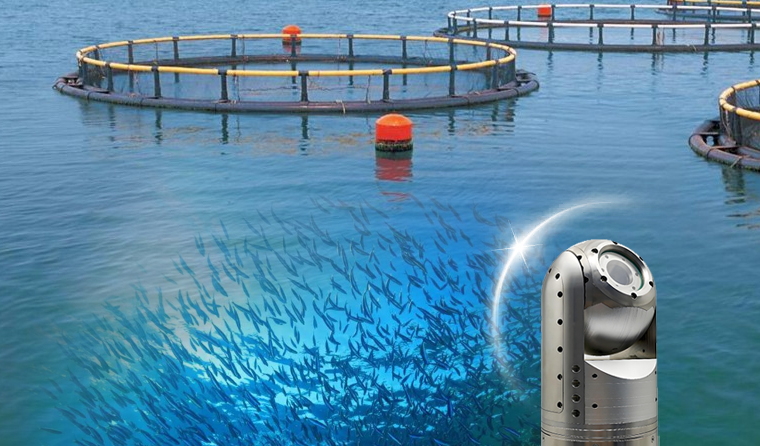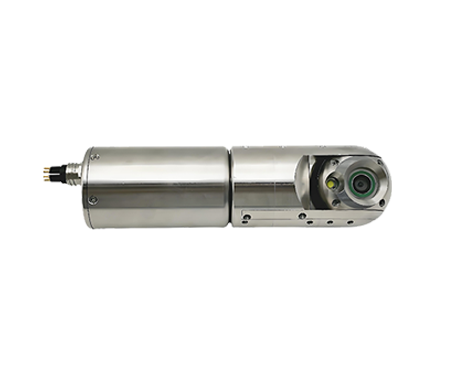
Underwater breeding cameras are not universal equipment, and their applicability mainly depends on the habitat water layer, breeding mode and management needs of fish. From shallow seas to deep seas, and from cages to ponds, the breeding scenarios of different fish vary significantly, and the suitable types of cameras also have different focuses. Reasonable selection can realize key functions such as seed monitoring, disease early warning and growth evaluation.
Pelagic fish in the middle and upper layers are the key adaptation objects of underwater breeding cameras. Such fish (such as large yellow croaker, tuna, sardine) have a wide range of activities and strong clustering, so cameras are needed to track the group dynamics in real time. For large yellow croaker cultured in shallow sea cages, the water depth is usually 10-30 meters. Matching with a high-definition camera with a rated depth of 10-30 meters can clearly capture the feeding situation and body color changes, and timely detect the phenomenon of hypoxia and floating. For tuna cultured in far-reaching seas, the water depth reaches 50-80 meters, so a pressure-resistant and corrosion-resistant model is needed, combined with infrared night vision function to monitor its day and night activity rules.

Benthic or burrowing fish breeding has higher requirements on the close-range observation ability of cameras. Fish such as grouper, flounder and sea cucumber often live in the bottom or hidden areas, making traditional manual observation difficult. For groupers cultured in ponds, cameras with brackets can be installed at the bottom of the water, and wide-angle lenses are used to cover the surrounding areas of the caves to monitor their feeding and enemy-avoiding behaviors. For sea cucumbers cultured in deep-sea bottom sowing, a customized high-pressure model with a depth of more than 100 meters is needed, combined with a light compensation system to break through the low light limit in deep seas and evaluate their growth status.
For more information about underwater aquaculture camera, please visit the homepage.